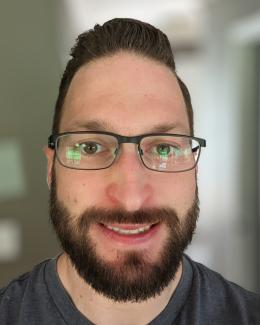Invention Reference Number
Licensing Contact

Current multi-material wire-arc additive manufacturing (WAAM) technologies rely on multiple single material torches or wire changes to create multi-material parts. This causes frequent interruptions in the process, hinders the deposition rate, and can also lead to deterioration in mechanical properties of the components. Furthermore, the current WAAM systems are not equipped with in-situ alloying capabilities for manufacturing functionally graded components and facilitating high-throughput alloying. A single wire also limits the types of materials that can be used as welding wire. This technology allows multiple wires on a single torch and eliminates the need to manually switch materials. By using multiple wire feeders to feed two or more different wires into the same torch simultaneously, the deposited composition can be changed on the fly without stopping the welding process to change wires or torches.
Description
This technology is a method for switching materials and alloying different materials together during a welding process without the need to change wire or torches. This system works by using multiple wire feeders to feed two or more different wires into the same torch simultaneously. By changing the feed rate of the different wires, the deposited alloy composition can be changed on the fly without stopping the welding process to change wires or torches. Additionally, by combining wires of two different materials in the same weld, this technology allows deposition of novel alloys as well as alloys that are currently unavailable in wire form. By using multiple wires on a single torch simultaneously, each with their own wire feeder, one could develop novel alloys and can also attain gradual material transitions. Such gradual on-the-fly transitions in alloy composition potentially can overcome the challenges pertaining to joining dissimilar materials in multimaterial and functionally graded components. This process also allows multi-material parts to be created without the need to stop the weld to change materials, thus reducing the amount of down time required for a multi-material part.
Applications and Industries
- Automotive
- Aerospace
- Large-scale metal processing
- Additive manufacturing/3D printing
- Industries using multiple or functionally graded materials, e.g., tooling industry.
- Welding equipment manufacturers
Benefits
- Enables manufacture of functionally graded components with WAAM
- Enables high-throughput alloy discovery with WAAM
- Enables deposition with novel alloys as well as commercially unavailable wires
- Enhances time-, cost-, and labor-efficiency in manufacture of multimaterial components with WAAM
- Uses a single process for combining metallic parts
- Saves material


